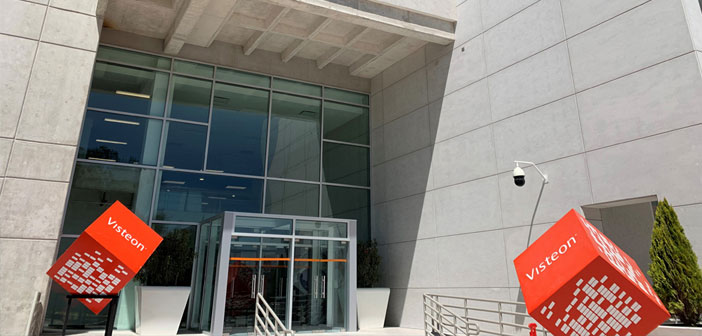Querétaro, Mexico, is the location for Visteon Corporation’s newest engineering center. The company said that the Visteon Querétaro Technical Center’s (VTCQ) software, hardware and mechanical engineers will be responsible for developing products for North America-based vehicle manufacturers such as Ford, Fiat Chrysler Automobiles, General Motors, Nissan and Honda.
The facility is expected to reach its full capacity of nearly 600 employees within a year, working on products including digital instrument clusters, infotainment and information displays, and new technologies for connected and autonomous driving.
Reflecting a multimillion-dollar investment, the new, 6,000m2 engineering center complements Visteon’s global headquarters and technical center in Van Buren Township, Michigan. The center includes two floors of collaborative workspace, four stories of underground parking, and amenities such as a gym, outdoor terrace and on-site cafeteria.
“Visteon’s comprehensive platforms leverage proven, scalable hardware and software solutions for cost efficiency, which has led to growth with our North America customers,” said Matthew Cole, senior vice president of product development. “To support that growth, our engineers in Querétaro will develop and support cutting-edge technology that will redefine the user experience and active safety.”
Visteon selected the city of Querétaro due to its technology ecosystem and high-caliber software and validation talent pool. VTCQ is located minutes from UNITEC Technological University of Mexico and Visteon believes it is well-positioned to tap into technical talent from the university and surrounding areas.
The company is pushing ahead with plans to create a complete technology campus and further expand its presence in Querétaro. It has acquired office space minutes away from VTCQ, which will be transformed into a “unique” laboratory building.
The lab will support vibration, environmental and EMC (electromagnetic compatibility) testing, and it will be a fully capable DV/PV certification testing laboratory with up to 20 testing chambers. The 2,175m2 lab will house 35 engineers and technicians, and include a 460m2 mezzanine for up to another 70 engineers.
Construction of the new lab is expected to be complete in the first half of 2020.


